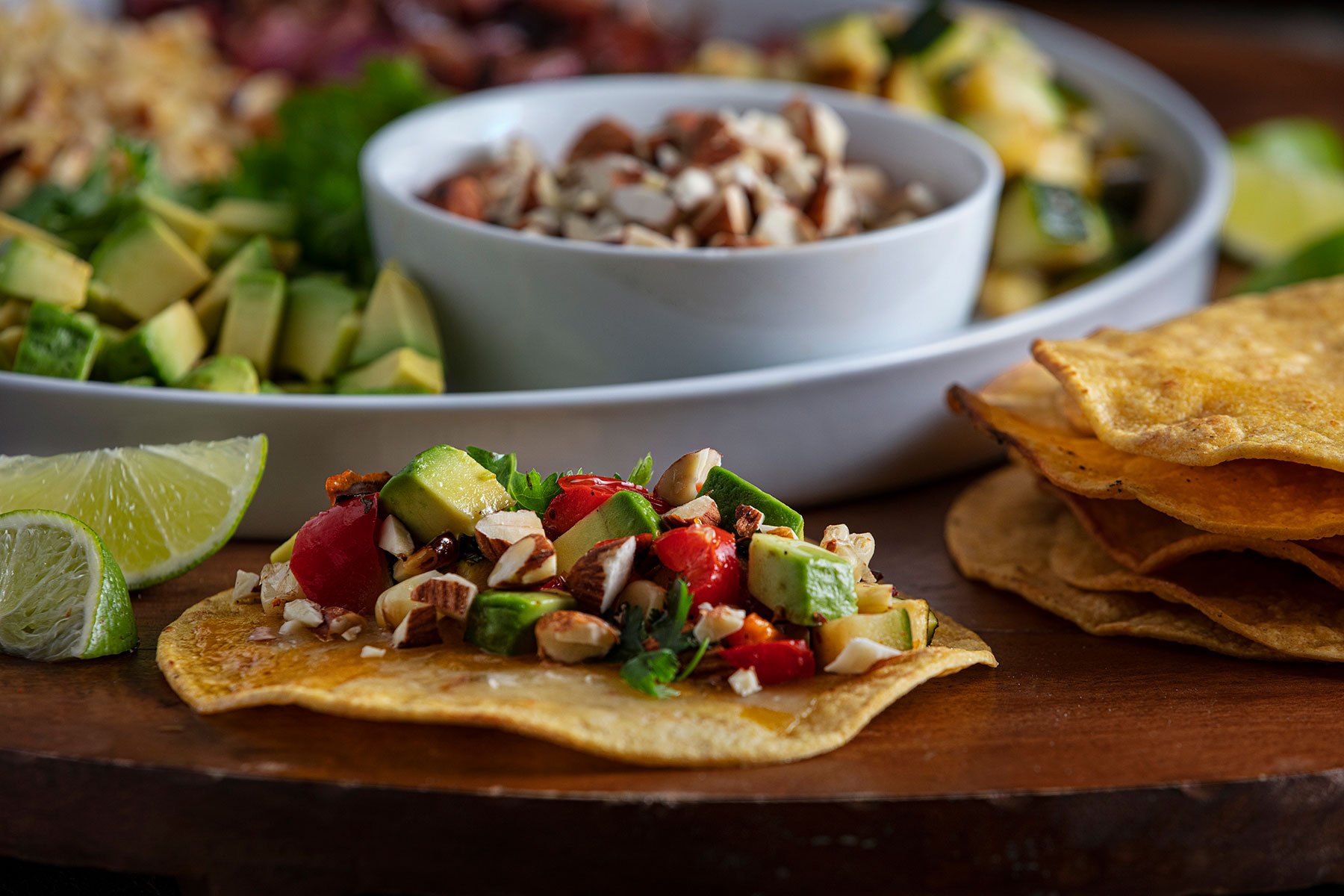CPG Marketing & Photography: A Guide to Food Photography
Food photography is a fun and exciting way to share the taste, feel, and experience of your product. If you’re in the CPG industry, then it’s time to start thinking about what type of photography you need – and where to reach out for expert assistance.
The team at Thomas|Ferrous understands food photography intimately. As a CPG marketing company, we have helped top brands like Sunkist Growers, Mariani Nut Co., Pandol Bros. Grapes and San Francisco Bay Coffee Company grow their brand presence. Here are key things you need to know about food photography, along with some helpful tips for making sure that your next photo shoot goes smoothly.
What Is Food Photography?
Food photography is the art of capturing the beauty of food and presenting it in a compelling way. Good food photographers use their own creative style to make food look mouth-watering while staying true to its natural colors and textures.
Why does it matter? If consumers can see how delicious your product looks when considering a purchase, they will be more likely to select your brand and less inclined to choose an alternative.
Why Is Exceptional Food Photography in Demand?
Food photography is an essential part of marketing for many businesses because it allows companies to showcase their products in an appealing way that encourages consumers to buy them. It helps their products stand out amongst the competition by clearly conveying their brand personality through visuals and displaying their products in ways that speak directly to potential customer needs and desires.
Good food photography is crucial for packaging, and it will quickly become apparent that the investment is worth it because of the many additional ways in which those images can be used, including websites, trade shows, sell sheets, press releases, advertising and social media sites.
Trends in CPG Food Photography
When it comes to capturing the perfect shot for food products, you want to make sure that you're choosing the right style for your brand. If you're looking for inspiration around what's trending in CPG food photography, then here are some things you should consider:
Portraits
Portrait-style photography can be used to create a more intimate connection between the viewer and the subject matter. For example, you might want to show off your product by posing it next to a person who uses it every day.
Minimalism
When it comes to food photography, less is more. A clean and simple background can help focus on the product itself without distraction or clutter.
Bright Colors
Bright colors are an ideal way to grab attention without being too distracting. They're especially effective if you're trying to attract younger customers. Brightly colored packaging can help products stand out among competitive offerings, as well as draw attention when sitting on a cluttered store shelf or appearing on a crowded web page.
Food Photography Tips for Businesses
Food photography is a great way to showcase your products and distinguish yourself from the masses. The best way to do this is by creating a unique visual identity for yourself. Food photography can be used to create beautiful, artistic images of your product. Not only does it make your business look more professional, but it also allows you to show off the best features of your product in a way that will effectively sell it.
Food is an incredibly powerful motivator, and even more so when it's photographed beautifully. Here are a few ways to take your food photography from good to great:
Hire a Food Stylist
Food styling is the craft of making food look as good as it tastes. It's an essential part of creating a visually appealing photo or video, and it's often not planned for until seeing photography completed without it. The truth is, if you're going to be taking photos of food, then you need to understand what makes it look good and how to ensure it looks its best.
Food stylists don't just make food look good – they add to the story of your product. A food stylist will work with you to create an image that's full of life, movement and contrast. They can be an invaluable asset in helping you express your brand story through captivating images of food.
Bring Lifestyle into Product Shots
The first step with any type of photography is to understand what you are shooting. Rather than simply presenting your product against a white background, show how the product fits into a lifestyle context. You want your audience to relate to your product by seeing how it fits into their everyday life.
Use Natural Light
It's important to understand how lighting affects your shots. Natural light is often better than artificial lighting because it doesn’t cause dark shadows or harsh highlights like artificial lights can. Natural light also makes colors appear more vibrant. So consider taking photos outside or near windows to capture as much natural light as possible.
Incorporate Props Sparingly
Props can contribute to the overall aesthetic in your food photography. However, keep in mind that the food you're photographing is the star of the show, so don't use props in ways that will distract from it.
Use Good Composition
Photo composition is specifically how a photographer arranges the visual elements within their camera frame, and it’s just as important as lighting or exposure settings. Proper composition can be difficult to achieve, but two good rules to follow are to arrange elements in a way that helps illustrate the meaning of your product and to not overcomplicate things. Try to tell a visual story, and use a variety of textures, colors and shapes. For example, instead of simply photographing white eggs in a brown carton, present them as beautifully cooked eggs that are part of a delicious recipe. Also, consider showing some form of action that brings a human element into the message. This can be achieved by creating images that show pouring, stirring, cutting or serving.
Show Your Consumer
Add a different dimension to your food photography by including people who represent your ideal consumer. Most people view themselves through the products they buy and images of people whom they can identify with, providing reassurance about your product being the right one for them. Photographing people in your food shoots requires more planning, greater technical skills and a higher budget. However, it provides the source material to create brand messaging campaigns, make your website more welcoming, and liven up your online stores.
We Excel at Food Photography
We have photographed a vast assortment of foods and beverages, and we love working with our clients to create images that tell their brand stories and sell their products. Whether it’s an ingredient or a finished product, we know how important it is to capture the most essential details. If you need help with your food photography, then contact us.










